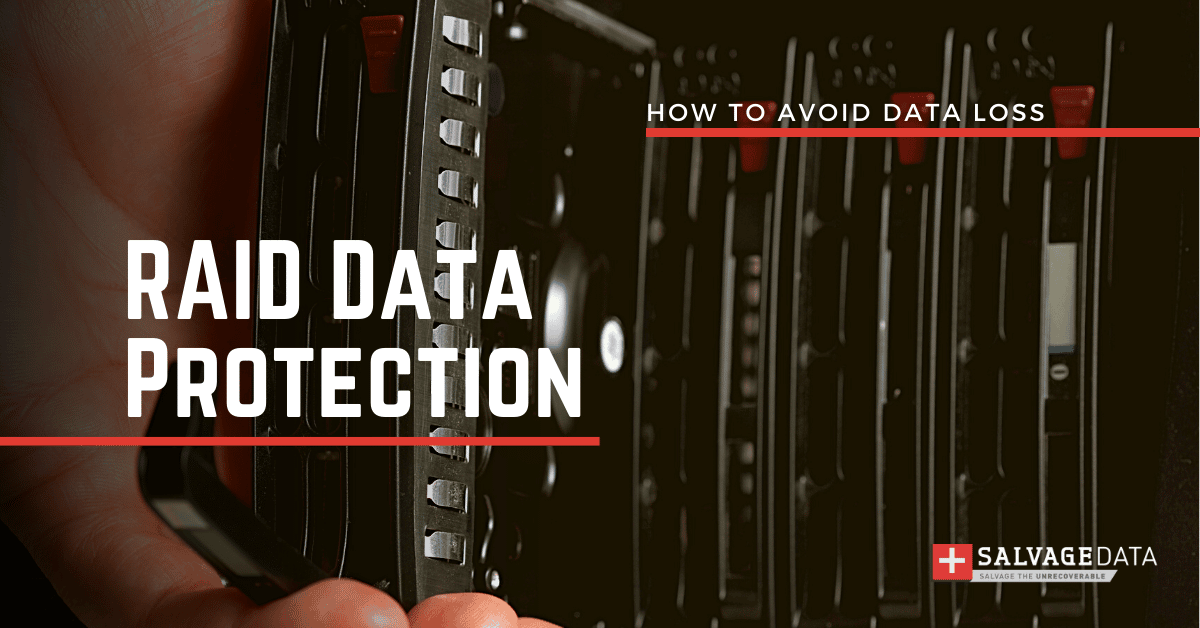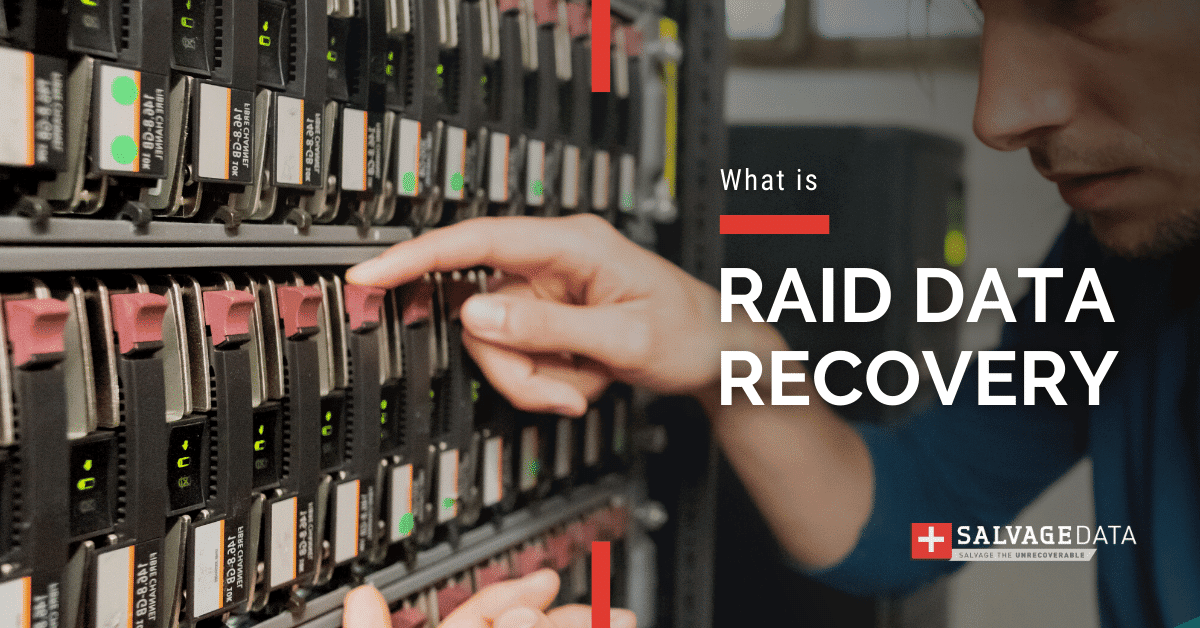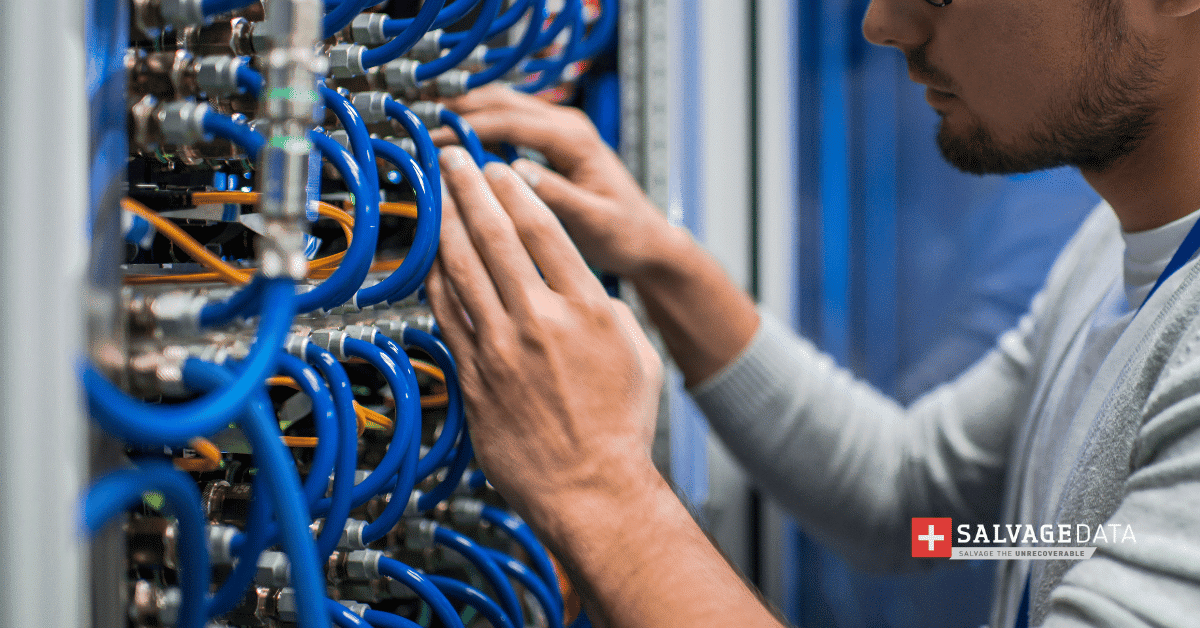Recent Articles
How To Recover Overwritten Files
The Snowflake Data Breach: A Comprehensive Overview
Mac Not Recognizing External Hard Drive: Quick Fix Solutions
How Multi-Cloud Backup Solutions Can Prevent Data Disasters
Capibara Ransomware: What is it & How to Remove
What Should a Company Do After a Data Breach: The Ticketmaster Incident
Secles Ransomware: Removal Guide
What To Do When Your Chromebook Freezes
How to Create Hyper-V Backup
What Is The Best Data Recovery Software For PC

I think there's an issue with my storage device, but I'm not sure Start a free evaluation →
I need help getting my data back right now Call now (800) 972-3282
Depending on your RAID configuration, you probably already have a setup that helps protect your data in case a drive fails. Although you can always resort to RAID recovery services when a bad surprise happens to your drives, nothing beats the trustworthy protection methods to keep RAID data safe.
Data protection means you’ll spend less money, get as much data (if not all of it) in face of a problem with your RAID, and guarantee your business stays on track no matter what.
Top Summary: Data loss has several causes that can come from hardware, external threats, or even accidents. You can avoid RAID array data loss by taking the right preventive actions for each common situation. Keep in mind that most cases can be avoided using protection software, and you can always trust RAID data recovery services anytime it’s needed.
Protecting Your RAID Array
RAID arrays are very good at protecting data, but they can still be damaged by a number of factors. Let’s take a look at some causes of data loss and what steps you can take to prevent them:
Backup
A safely programmed backup system still is one of the main methods of guaranteeing your data is safe. We recommend you combine backup options, such as sending data to a tape storage device, as well as backing it up into cloud storage.
Additionally, you can avoid human error by automating your system to regularly backup your files, while also consistently scanning everything to catch and remove malware.
Hardware failure
Depending on the type of RAID configuration, if one disk in an array fails, it may not automatically mean that your entire array will fail. However, it does mean that you should replace the failed drive and rebuild your failed RAID as soon as possible to ensure that your data is not compromised.
You can prevent hardware failure by installing a reporting tool to monitor disk SMART (Self-Monitoring, Analysis, and Reporting Technology) status. These reports notify you if any disk is about to fail or is degraded. All you have to do here is make sure that such a reporting mechanism works.
Pay attention to any changes in how your hardware sounds. New noises can easily be a sign of an upcoming failure, and you can quickly save your data.
Accidental deletion
If you delete a file on an NTFS formatted drive, the data is still there until new information overwrites it (which could be never). However, if you format the disk or delete everything in the Recycle Bin, that data is likely gone for good. This can be a problem if you are using disk-level RAID because it’s probable that all disks will fail simultaneously once the NAS device has been formatted or emptied of files.
If you accidentally delete your data, you can try to recover it yourself, or you can try a recovery service that will scan your device and bring your files back. The best advice here is to create extra protection to avoid accidental deletion.
Viruses
One of the best things about RAID arrays is their ability to protect against viruses. Unfortunately, they only protect against viruses that can be detected by your antivirus software. Some viruses are too new and mutate too quickly to be eliminated this way.
To prevent viruses and ransomware attacks it is important to keep your antivirus and protection service updated.
Malicious attacks
If you store any files on a RAID array that requires high security or encryption, such as healthcare data, Personally identifiable information (PII), or payment data, it’s likely that sooner or later someone will try to take them by force. It is also likely that they will succeed. Unless you create barriers to prevent such attacks and discourage cybercriminals. Protecting classified and delicate data must be your business N°1 concern. A “plan b” can also be a good way to prevent data loss, such as contacting a ransomware recovery expert.
Power failure
If you lose power, your RAID array will be fine as long as it has battery backup or can finish whatever action was in progress before the outage. When the power returns, double-check to see if any disks have been moved.
So, check the batteries and backup energy for your RAID array to protect both the disks and the data.
Improper shutdown
If you don’t properly shut down your RAID array, there is a chance that the disks could be corrupted and data lost as they are turned back on. Make sure to always properly shut down your system before you unplug it or remove its battery backup. It is also important that you choose the proper shutdown option. Many NAS devices offer an “energy saver” mode that simply spins down the disks and powers off the entire system instead of properly shutting it down and turning off each disk individually.
Theft
If someone walks away with your RAID array, there is a good chance they will be able to access everything on it unless you use some sort of encryption. Once again, the only way to prevent this is by using RAID protection software.
Summary: Data loss can damage your business and make you lose the trust of your clients. Prevention is a small price, and also the easiest step, to ensure both data and business keep going whole. Taking care with simple actions like properly shutting down the system, using protection software, and encrypting the data are a few ways to protect RAID data.
RAID Data Protection Software
There are different ways to protect your data from physical theft, cyber-attacks, and accidental deletion. Most manufacturers have their own proprietary software that will require a purchase to use. There are several companies out there that offer good software that will protect against most of the problems mentioned above.
It is also important to certify that you choose a NAS device with hardware-based RAID instead of software-based RAID, which will allow for better protection of your data by ensuring it doesn’t get deleted or corrupted.
Summary: When a company has access to a user’s data it’s necessary to provide the right protection for it. For that, there is a lot of software to protect RAID arrays’ critical data. Choose the right hardware for data storage and the proper software to protect it to avoid data loss. These are simple actions that make your business reliable and save you money.
As you can see, RAID protection is not just for those with large businesses or mission-critical data. Whether it’s a program from a third party or a proprietary hardware solution, software to protect your data will be well worth the investment. You never know when you might need to recover some critical files from RAID.
And, if something already went wrong with your RAID data, you can easily contact one of our experts that will help you get it back.













